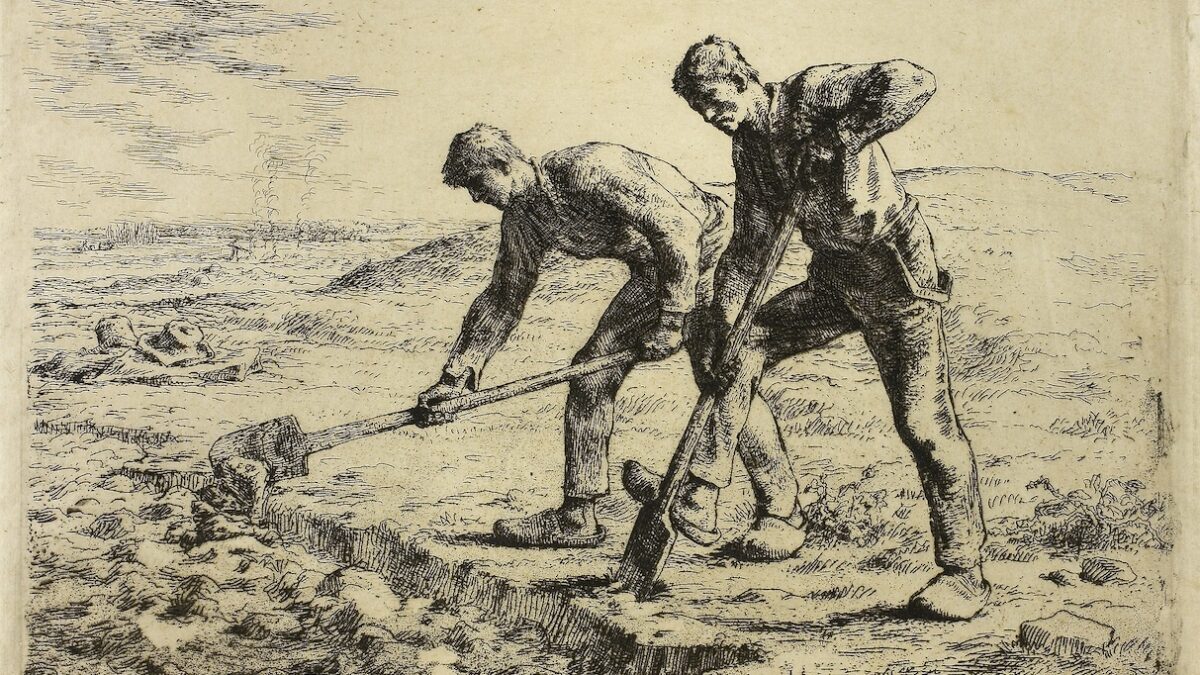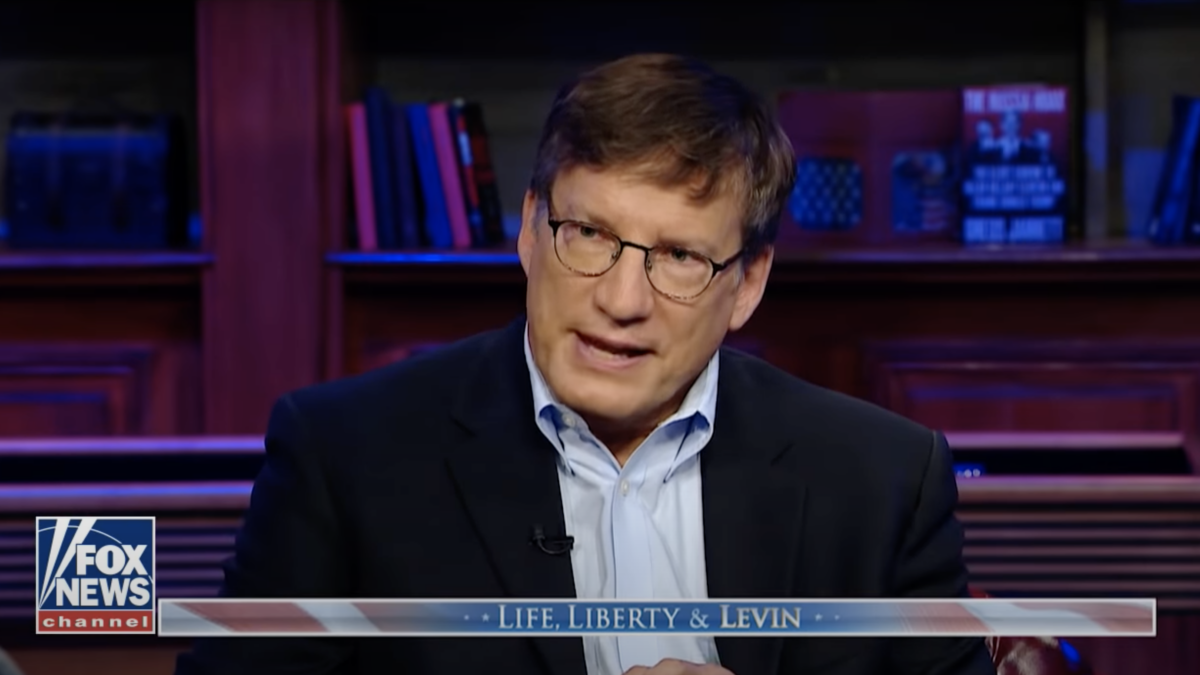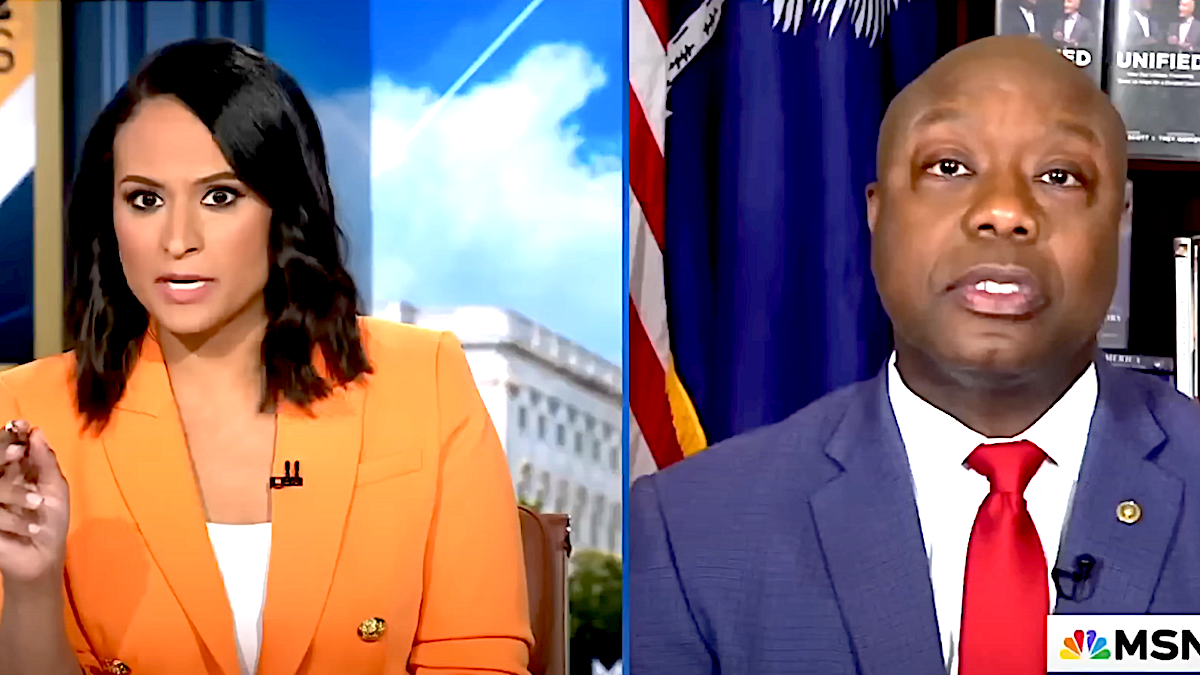
A few weeks ago, students in the theater department at Clarion College, a small, rural Pennsylvania school, were in final rehearsals for a fall production of “Jesus in India,” by Asian-American playwright Lloyd Suh. Through a request from the director to have Suh Skype into a rehearsal, Suh learned white actors were playing two Indian characters. Shortly thereafter, Suh pulled the rights to the play and Clarion cancelled the show.
Before tackling the question of the casting of white actors in non-white parts, one thing must be made clear: Suh had every right to shut down the production. Playwrights are given extremely wide latitude about protecting their intellectual property, as they should be. Even though his agent cashed the $500 royalty, Suh retained the right to ensure his property wasn’t used in ways he objected to.
There were other factors at work, including an allegation that the rights agreement had never been completed, and that music was being added to the play. But Suh, on his Facebook page, was quite clear that he was not going to allow white actors to play these roles. That is the decision that artists and society as a whole are right to focus on.
Theatrical Essays Commence
Marilouise Michel, a professor in Clarion’s theater department, penned an angry essay in the Chronicle of Higher Education addressing the incident, called “How Racial Politics Hurt My Students.” Her most compelling argument is that Clarion’s student body is only 0.6 percent Asian, none of whom are in the theater department. So it would have been impossible to meet the playwright’s demand for casting South-Asian actors, a demand of which Michel was unaware until the rights were pulled.
Michel’s anger at her students having wasted so much time and effort comes through in her piece. No sooner was it published than the theater community lashed back with anger of its own. In an article for American Theater Magazine, titled “On the Rights of Playwrights and White Tears,” Diep Tran argues that Michel’s objections are the result of systemic racism. She compares the situation to one earlier this year in which black playwright Katori Hall’s play “The Mountaintop” was produced at Kent State and a black director cast a white actor as Martin Luther King Jr.
Tran writes: “The familiar protestations against Lloyd and Hall’s decision to not allow white actors to be cast in these plays—that everyone worked so hard, that this is ‘reverse racism,’ and so on—amount to another case of ‘white tears,’ that unfortunate phenomenon that sees any questioning of long-standing white privilege, in this case the right to play any role of any ethnicity, as an inequity on par with institutional racism, as if the playing field were level.”
How to Solve the Rural Dilemma
This is all clear and quite familiar. The concept of cultural appropriation allows for actors of color to play traditionally white roles, but not the other way around. Recently I wrote about why this is a bad idea, but that’s an argument for another day. The question here is who is helped and who is harmed when playwrights make racial casting demands, especially in a small, rural areas where access to actors of the appropriate hue can be extremely limited.
I reach out to Suh to ask him about this, but have received no response. Tran has three suggestions: 1. Pick another play by that playwright that doesn’t have roles of color; 2. Pick a play about race by another playwright that doesn’t have roles of color; 3. Do it in a classroom or workshop setting, but not as a full production in front of an audience, because “in the real world, it is not yet possible nor desirable for any actor to play any race.”
Setting aside the first two suggestions, which simply bar the performance of the play, let’s look at the third. Why is a classroom or workshop exercise in which white actors play parts of color acceptable when a full production is not? After all, the goal of classes and workshops is to develop content and ideas that will be compelling to an audience.
The key idea here seems to be to protect audiences from dangerous ideas. Of course, it’s fine for right-thinking, educated artists to experiment with racial roles in their own cozy confines. They presumably are advanced enough in their racial thinking to understand the complexities contingent to such casting. But audiences? Normal folks who have not bathed in the cleansing waters of the confession of privilege? Not so much.
Dramatically Limiting Racial Boundaries in Theater
The Dramatists Guild, the leading organization of professional playwrights, went even farther than American Theater Magazine. In a bizarre letter in support of Suh, the guild writes: “when a play is still under copyright, directors must seek permission if they are going to make changes to the play, including casting a character outside his or her obvious race, gender or implicit characteristics. To do so without meaningful consultation with the writer is both a moral and a legal breach.”
This means that if a theater company wants to cast a Native American as Ricky Roma in “Glengarry Glen Ross” or a black man as Stanley Kowalski in “A Streetcar Named Desire,” they must contact the playwright or the copyright-holder. Not only does the guild claim that failing to do so is a legal breach, they say it’s a moral breach. They actually claim it is immoral to cast a black actor as Stanley without permission.
Again, playwrights or the holders of their copyrights can shut down productions for almost any reason. But the idea that casting people of color in obviously white roles is immoral is abhorrent. What makes the guild’s position so untenable is that it does not engage in the privilege-theory-based concept of cultural appropriation. Unlike Tran, who can draw a misguided distinction between actors of color playing white roles and white actors playing roles of color, the guild is questioning the morality of theater artists who wish to include people of color in the modern theatrical canon.
Does the dramatist guild really think it is immoral to cast a black Stanley? Of course they don’t. But that’s what they wrote in this conceptually challenged letter. Without the logic-bending force of privilege theory, there is no rationale under which the guild can defend Suh without burdening theater artists who wish to expand the racial boundaries of copyright-protected classics.
Expand, Don’t Limit, Casting Opportunities
Were the students at Clarion college harmed by Suh’s decision to kill their show? Maybe, but professional actors deal with these disappointments all the time. Shows get cancelled, actors get fired in favor semi-celebrities—it’s a job fraught with uncertainty. Was the potential audience of Clarion’s show harmed? Maybe. It depends how important Suh’s play is. I suppose they can live without it.
But I would urge playwrights to resist placing racial demands on the casting of their plays. As “Hamilton,” Broadway’s hottest ticket, shows us, audiences are quick to accept non-traditional casting. It really isn’t a big deal seeing a black Thomas Jefferson.
That fact speaks well of contemporary American society. But it speaks poorly of those who wish to place us all in racial boxes. If Lloyd Suh wants to ban white actors from certain roles in his play, even in modest college productions, I will defend his right to do so. But I will also call it a mistake and ask playwrights to resist his progressive privilege-theory orthodoxy.









